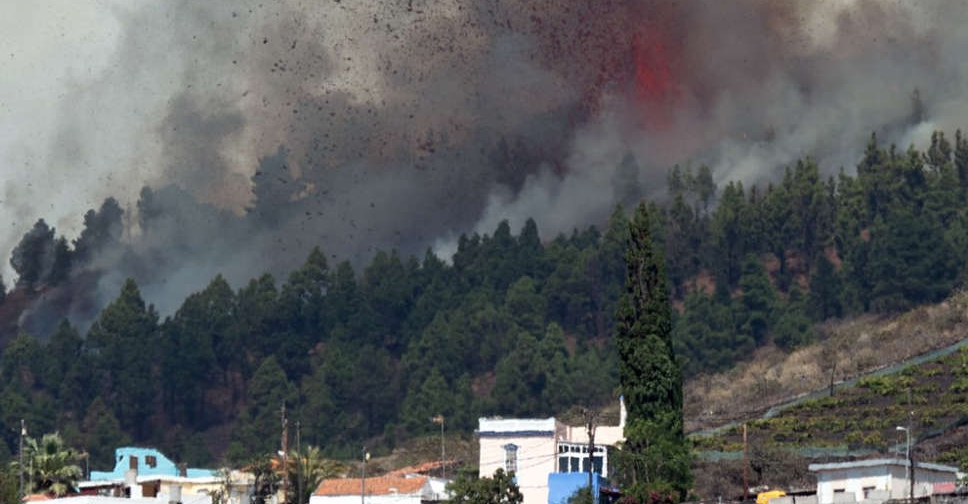
A volcano erupted on the Spanish Canary Island of La Palma on Sunday, sending fountains of lava and a plume of smoke and ash into the air from the Cumbre Vieja national park in the south of the island.
Authorities had already begun evacuating the infirm and some farm animals from the surrounding villages before the eruption, which took place on a wooded slope in the Cabeza de Vaca area at 3:15 p.m. (1415 GMT), according to the islands' government.
Immediately after the eruption, the municipality urged residents in a statement to "exercise extreme caution", and stay away from the area and off the roads.
The population of nearby villages were told to go to one of five centres to be evacuated, and soldiers were deployed to help.
Spanish television showed fountains of lava shooting into the sky, and plumes of smoke could be seen from across the island.
There had been more than 22,000 tremors this week in the Cumbre Vieja area, a chain of volcanoes that last had a major eruption in 1971 and is one of the most active volcanic regions in the Canaries.
The earliest recorded volcanic eruption in La Palma took place in 1430, according to the Spanish National Geographical Institute (ING).
In 1971, one man was killed while taking photographs near the lava flows, but no property was damaged.




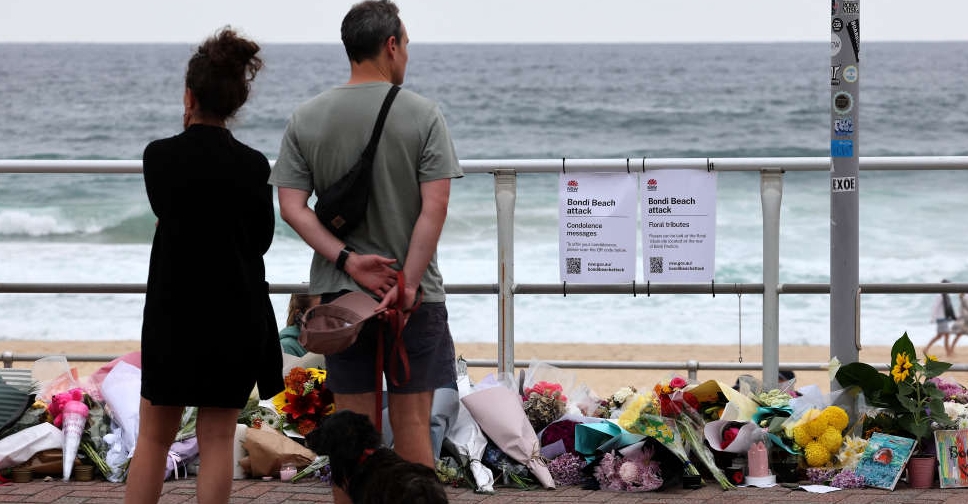 Family of alleged Bondi gunman not aware of 'radical mindset', say Indian police
Family of alleged Bondi gunman not aware of 'radical mindset', say Indian police
 Israeli forces kill Palestinian teen in West Bank, health ministry says
Israeli forces kill Palestinian teen in West Bank, health ministry says
 Trump sues BBC for defamation, seeks up to $10 billion in damages
Trump sues BBC for defamation, seeks up to $10 billion in damages
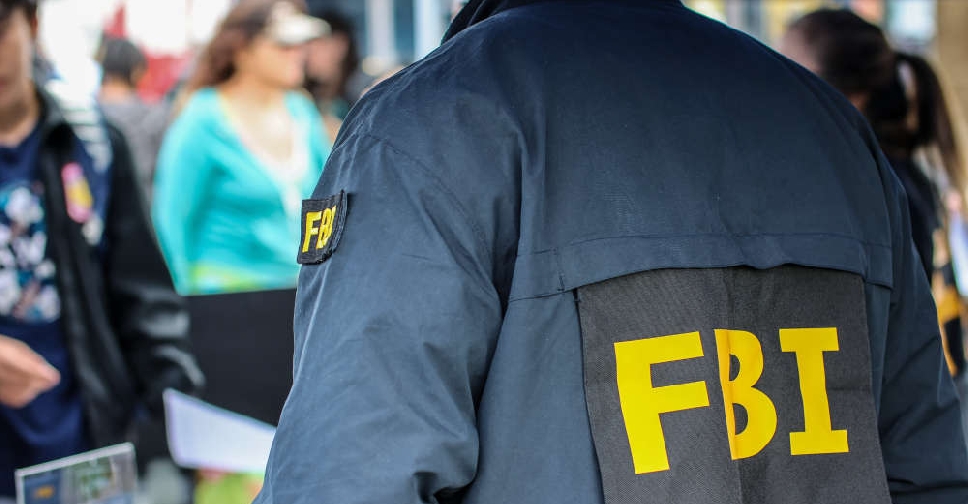 FBI foils 'terror plot' targeting Los Angeles
FBI foils 'terror plot' targeting Los Angeles
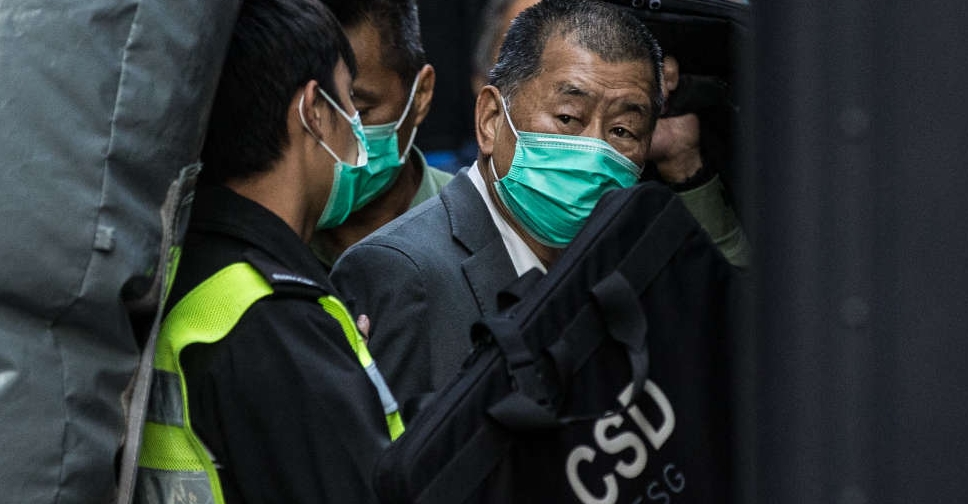 Hong Kong court finds tycoon Jimmy Lai guilty in landmark security trial
Hong Kong court finds tycoon Jimmy Lai guilty in landmark security trial
 Ukraine peace talks stretch into second day at start of pivotal week for Europe
Ukraine peace talks stretch into second day at start of pivotal week for Europe
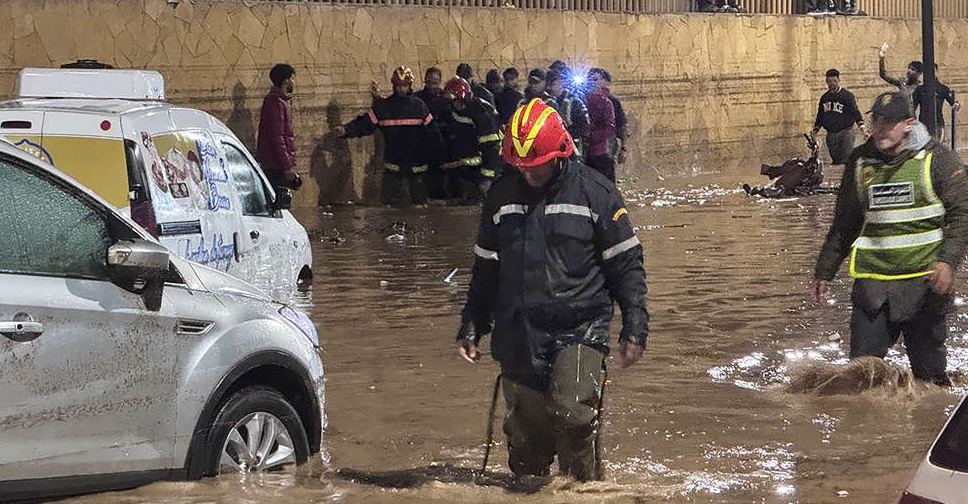 Flash floods kill at least 37 people in Morocco's Safi province
Flash floods kill at least 37 people in Morocco's Safi province
 'Hero' who disarmed Bondi gunman recovering after surgery, family says
'Hero' who disarmed Bondi gunman recovering after surgery, family says




